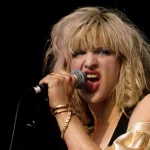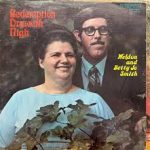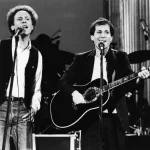Slade – “Mama Weer All Crazee Now” (1972)
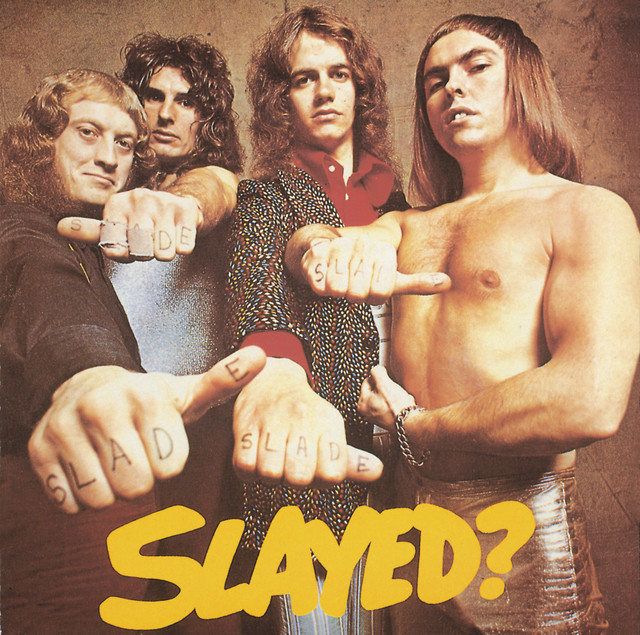
The Definitive Sound of a Rock ‘n’ Roll Riot!
When Slade unleashed “Mama Weer All Crazee Now” in 1972, they didn’t just release a single—they ignited an explosion that reverberated through the very foundations of rock music. This track wasn’t just a song; it was a rallying cry, a raucous invitation to shed inhibitions and embrace the sheer, unadulterated joy of rock ‘n’ roll. Blasting straight to No. 1 on the UK Singles Chart, it became their third consecutive chart-topper, unequivocally solidifying their status as glam rock’s loudest, proudest, and most infectious party-starters.
From its opening seconds, the song is an immediate assault on the senses, designed for maximum impact. Its signature element is undoubtedly its foot-stomping beat, a relentless, primal rhythm that compels immediate physical response. This driving pulse, combined with the deliberately misspelled title – a nod to their working-class roots and a rejection of academic pretense – immediately signaled that Slade was about raw, unfiltered fun. The raucous guitars, often distorted and heavy, provided a thick, gritty sonic backdrop, while the shout-along chorus was engineered for communal participation. This wasn’t music for passive listening; it was an anthem meant to be bellowed in unison, a collective release of pent-up energy.
“Mama Weer All Crazee Now” embodies a wild, unhinged rock ‘n’ roll riot: raw, loud, and gloriously rebellious. Its lyrics depict a band and their audience united in a shared moment of ecstatic chaos, urging listeners to “get down with the beat” and let loose. It paints a vivid picture of a packed pub or concert hall, filled with sweating bodies, pumping fists in the air, lost in the sheer exuberance of the moment. Slade perfected the art of crafting songs that felt like live experiences even on record, making every listen feel like an unforgettable night out. Their distinctive vocal delivery, particularly Noddy Holder’s powerful, raspy roar, added an authentic, larger-than-life quality to their music.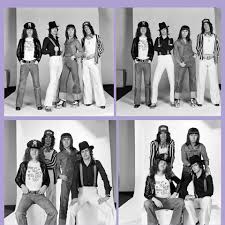
While its initial impact in the UK was monumental, the song’s journey to broader international recognition was more circuitous. Though it only reached No. 76 in the U.S. upon its original release, Quiet Riot’s thunderous 1984 hair-metal cover gave it a dramatic second life across the Atlantic. Quiet Riot’s version, with its polished production and anthemic chorus, became a staple of the burgeoning hair-metal scene, introducing the song to a new generation of American rock fans. However, as compelling as the cover was, the original Slade version remains the undeniable blueprint: a testament to raw, unadulterated energy, a thunderous chorus, and an invitation to an unforgettable night of pure, unbridled rock ‘n’ roll. Its legacy continues to echo, a testament to Slade’s enduring power as masters of the glam rock spectacle.


